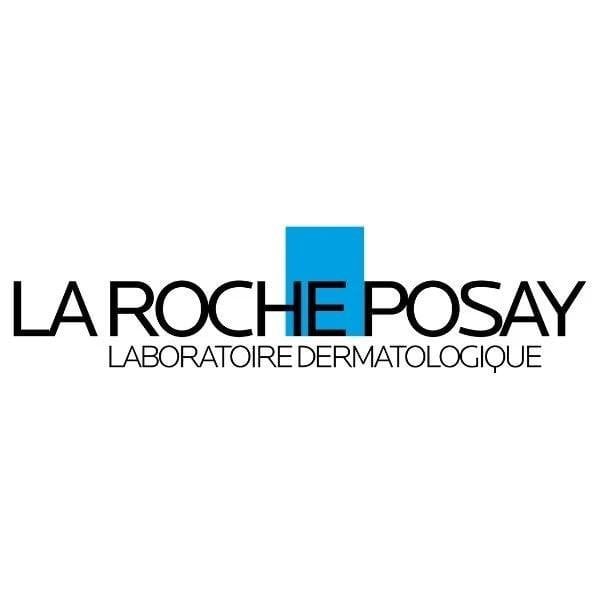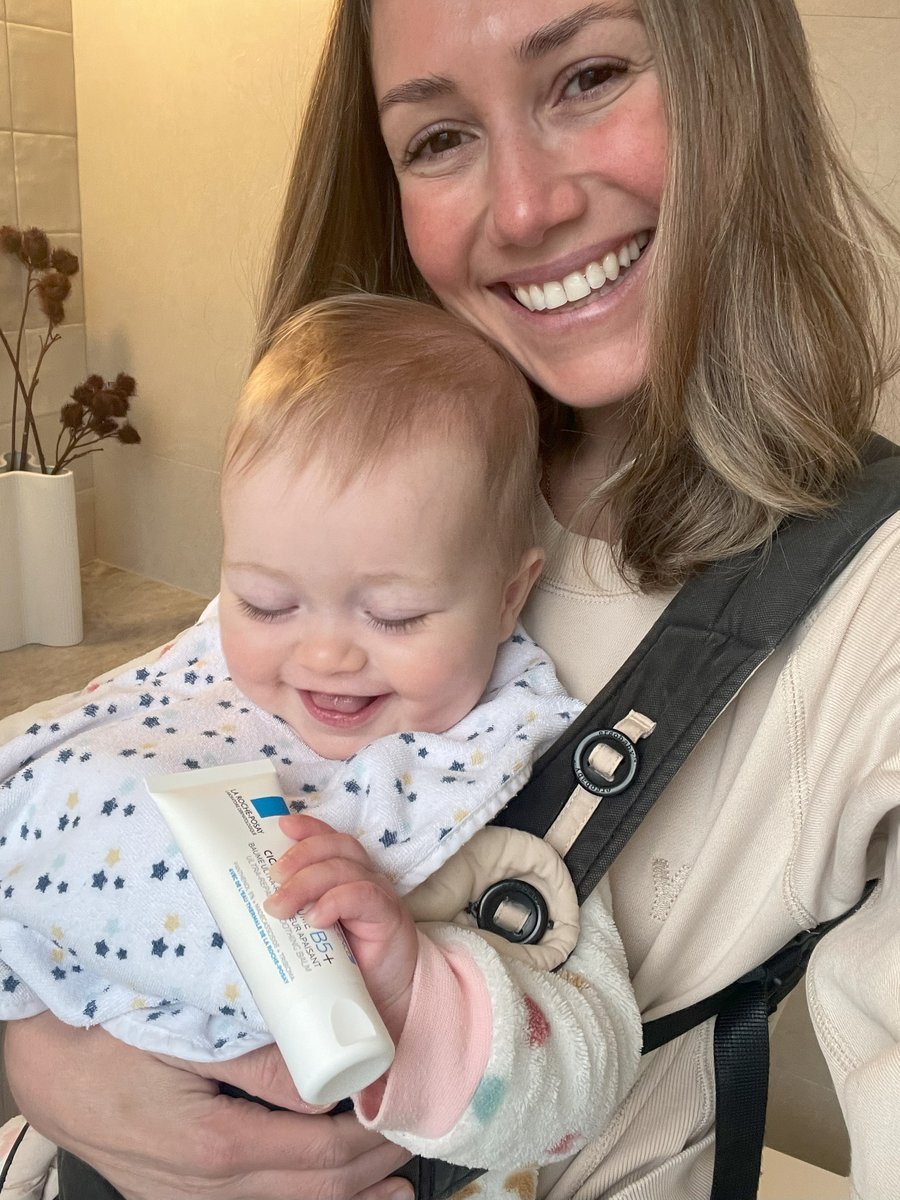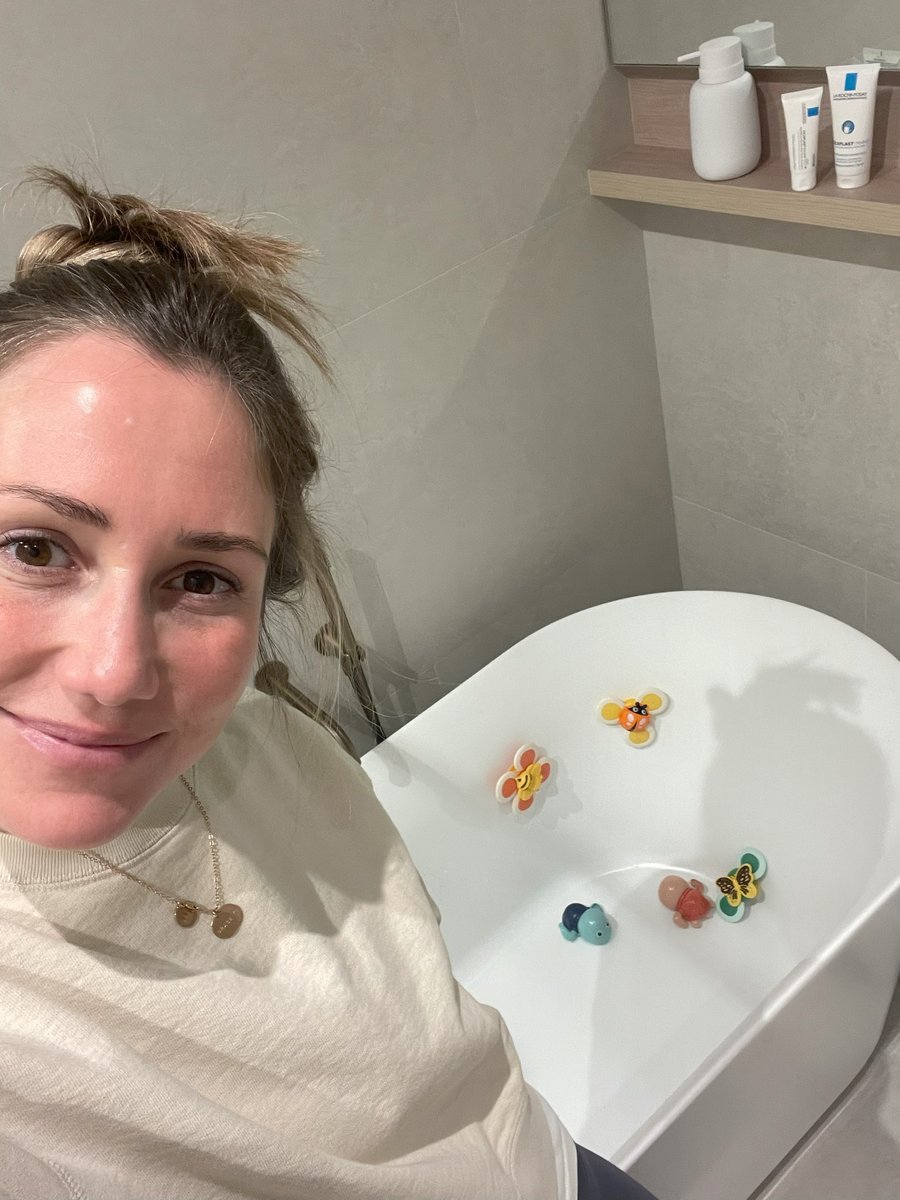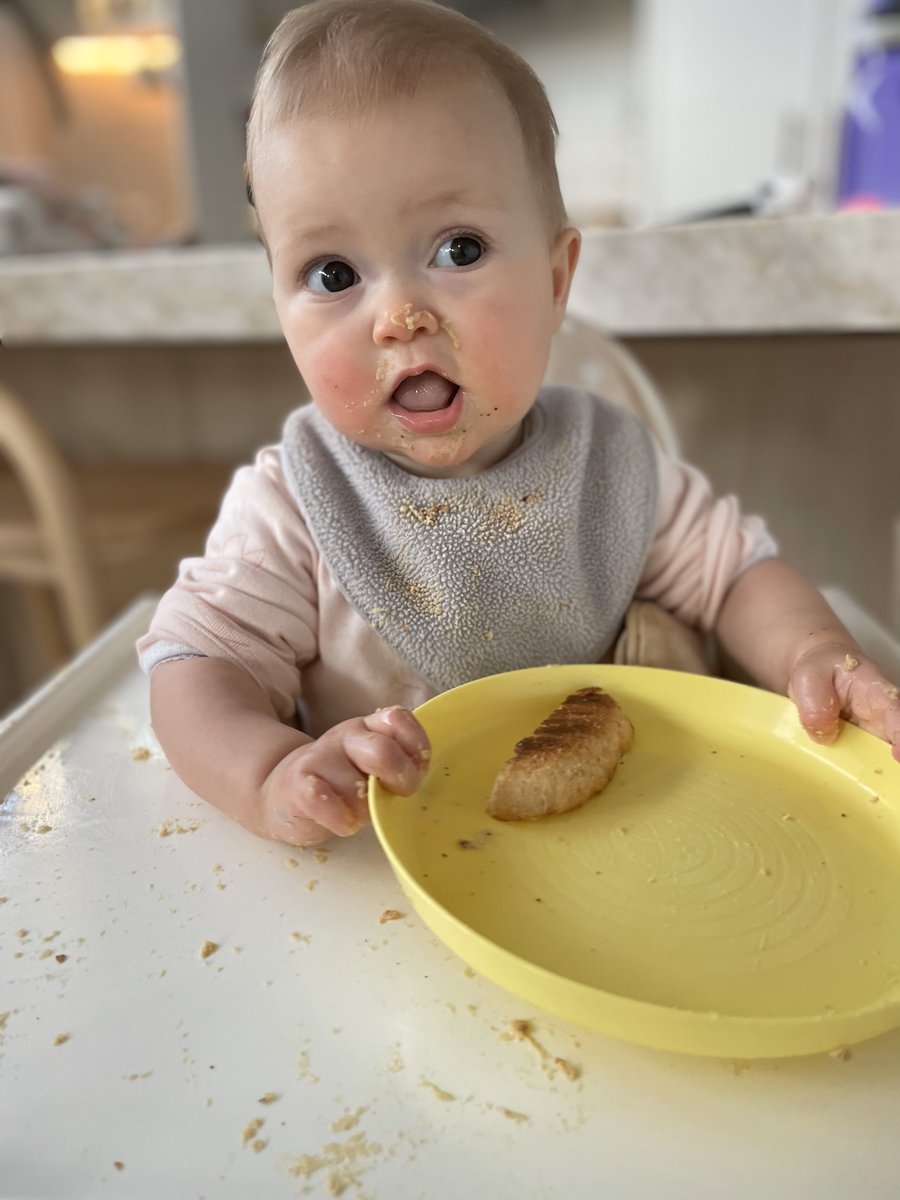

I don’t want you to think I’m “that” type of mum, but I did google “can you Photoshop daycare photos” last week.
My three gorgeous girls are a sensitive bunch. Emotionally yes, but mostly physically. The lucky little things inherited sensitive skin from both my husband and I.
With the baby battling her first winter, my oldest now in school, and my middle daughter throwing herself into daycare quite literally face-first, managing their sensitive skin is an ongoing commitment.
Luckily I’ve learnt a few things over the years, here are seven practical tips to manage and care for your baby’s sensitive skin:
1. Use a gentle moisturiser.
Babies' skin loses moisture faster than adults, making it more prone to irritation and dryness, and leading to those dry looking patches. Ensuring your baby’s skin remains well-hydrated isn't just a superficial routine; it's an essential way to support their skin's moisture barrier. A barrier they really need once they start crawling.
When our youngest started showing signs of sensitive skin, I turned to my old faithful La Roche-Posay for a moisturiser. It’s a cult brand amongst skincare fans for a good reason – it’s the no.1 dermatologist recommended dermocosmetic brand worldwide, and in Australia.
The new La Roche-Posay Cicaplast Baume B5+ is particularly good for sensitive skin in babies and children (as well as us sensitive adults). With an improved formula powered by microbiome science, it includes key ingredients like vitamin B5, tribioma and madecassoside to support and hydrate the skin moisture barrier.































































































